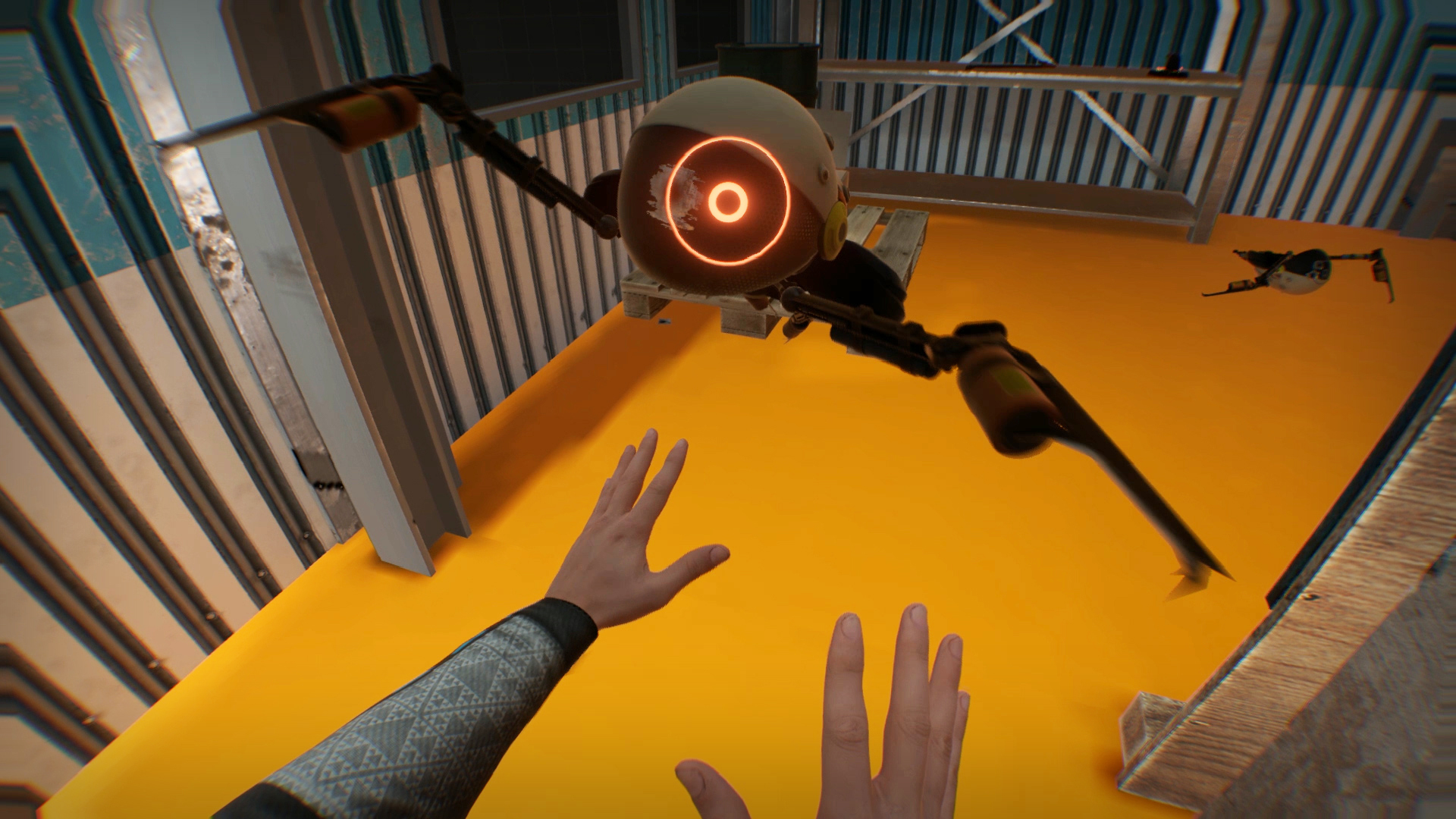Why Virtual Reality Is A Haven For Indie Developers
Indie studios are filling the gap

Virtual Reality has suffered some teething issues since becoming a major gaming platform. There’s certainly no lack of competition in PC hardware between Oculus, HTC, Microsoft and Valve but one notable trend is the volume of high-quality indie titles available for VR. That’s not to say Triple-A developers aren’t investing in VR gaming, but understanding why indie devs dominate this format requires us to look at the root causes.
VR is still a niche platform, and for publishers, it’s harder justifying this large investment into development than it is for standard releases. This has left a key software gap in the VR market, and outside PSVR, gaming’s biggest publishers have made minimal investment. Microsoft has shown little interest outside of hardware development and patching support into Minecraft, Nintendo’s cardboard-based Labo kit doesn’t count, and until recently, all we’d seen from Valve was The Lab, a (free) group of tech demos back in 2016.
Some publishers have brought us fully-fledged efforts, like Doom VFR and Resident Evil 7’s VR mode, but most Triple-A efforts fall flat, often porting existing titles like Skyrim and Borderlands 2 or creating smaller experiences that feel like disguised tech demos. Atlus’ Persona 3/5 Dancing games are a chief example, utilising VR for viewing character models only instead of gameplay functionality and Rocksteady’s poorly received Arkham VR was not only short, but it also had little in common with the main entries.
Sony is a big exception, and their contributions towards VR cannot be understated. Playstation 4 has become the 2nd best-selling home console of all time at 108 million sales, so it provides an excellent base amongst home consoles. PSVR reached 5 million sales last year, and this user base should prove encouraging to publishers when the inevitable PSVR 2 launches. Aside from Sony though, few Triple-A publishers have even made a dent in Virtual Reality.
Pricing Factors

You can attribute a lack of investment to a number of reasons, but one major barrier is consumer adoption. VR headsets aren’t cheap, and PC ones require a high-end PC to utilise them. Valve has driven sales significantly since Half-Life Alyx was revealed and backorders until the end of winter were widely noted for Oculus Quest and Valve Index. A competent PC can cost between £1500-2000 at least, and when factoring in a VR headset, it adds another £400-1000, depending on your selected model.
Initiatives like PSVR and Oculus Quest have helped, but it’s a long way off wider adoption. Quest brings portable VR without for the need for a PC and holds an RRP of £499, though it comes with the disadvantage of less powerful hardware. PSVR is also underpowered, utilising PS3-era Move controllers for motion controls but it also holds the affordability advantage with the Starter Pack selling at £250 RRP.
Indie Developers Have Pounced

Where Triple-A developers have let us down though, Indie developers stepped up. VR gaming truly took off in 2016, and since then, indies have widely dominated the scene. Arizona Sunshine, Battlezone, EVE: Valkyrie, Thumper and Superhot VR were all early hits, amongst many more and this gap proved advantageous. It allowed these games much wider coverage than they’d otherwise get with standard releases.
They’ve provided some of the best VR experiences going, and while 2016 was the start, it was far from the finish. When you look at the breakthrough in Virtual Reality though, you simply can’t ignore Beat Saber. Developed by Beat Games, their now-famous music game featured a simple yet sophisticated premise, swiping blocks to a music track. It became the focus of many Twitch streams and Youtube videos, bringing huge attention to the platform with the help of its modding community.
Having now reached over 1 million sales, an enormous achievement for a VR title, Beat Games were acquired by Facebook last year. Since purchasing Oculus back in 2014, Facebook has been a major driving force in the industry, and Mark Zuckerberg himself set a lofty aim of seeing 1-billon headsets in consumer’s hands. Through it’s Oculus Studios platform, they’ve invested heavily in new virtual reality experiences.
Software Drives Hardware

Beat Games is an oddity here in being directly bought out, but Facebook has committed up to $500 million for funding exclusive Rift/Quest content, providing a huge support platform for third-party developers. Asgard’s Wrath, Path of The Warrior, Stormland are just some big releases backed by Oculus Publishing last year alone, but they aren’t the only hardware developers making a software push.
HTC launched its Viveport Infinity service, making many indie titles available for a monthly subscription, similar to Xbox Game Pass. Valve’s Steam platform has also assisted, both with their early access platform and SteamVR, which helped unify these different headsets. Outside of this though, we’ve seen a wide variety of developers making efforts across the board, bringing us a fantastic library of indie titles.
The last year alone saw a stream of steady hits like Pistol Whip, The Walking Dead: Saints & Sinners, Job Simulator and GORN, all releasing to wide acclaim, whilst Stress Level Zero came to prominence with its interlinked universe across Duck Season and Boneworks. You can understand their initial hesitance, but at this point, Triple-A developers are sleeping on a potential goldmine by ignoring Virtual Reality.
For now though, that’s ok. Their absence has given many indie developers the chance to forge their own identities, bringing us some fantastic experiences that may otherwise have drowned out. There’s a promising future ahead for Virtual Reality, and there’s plenty more to come still.

